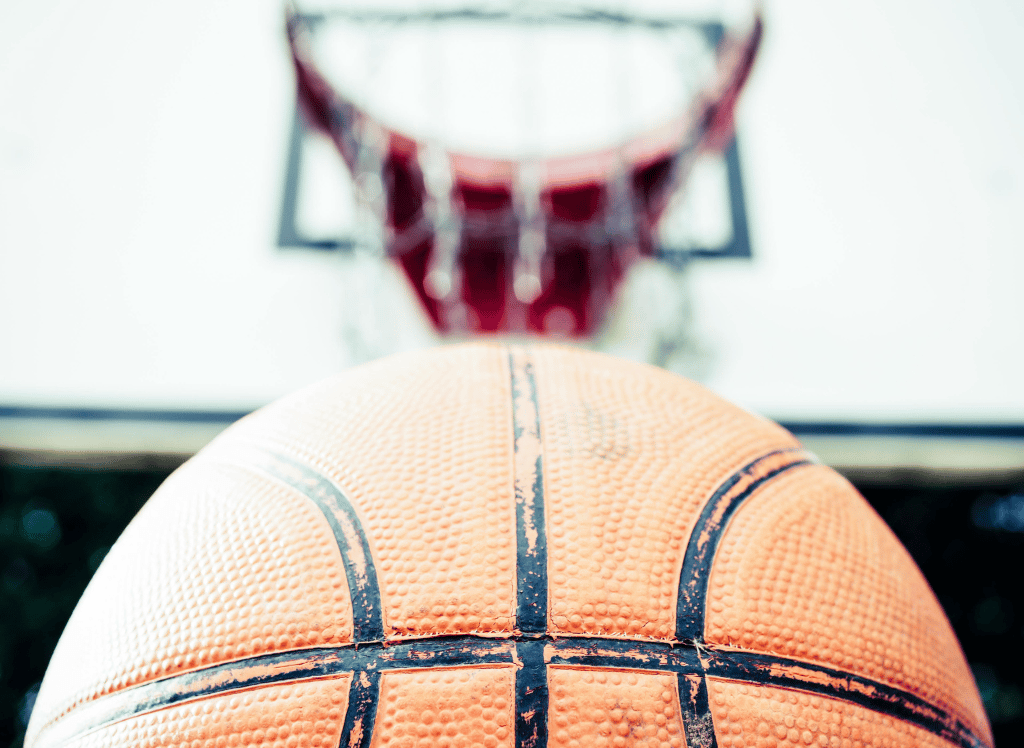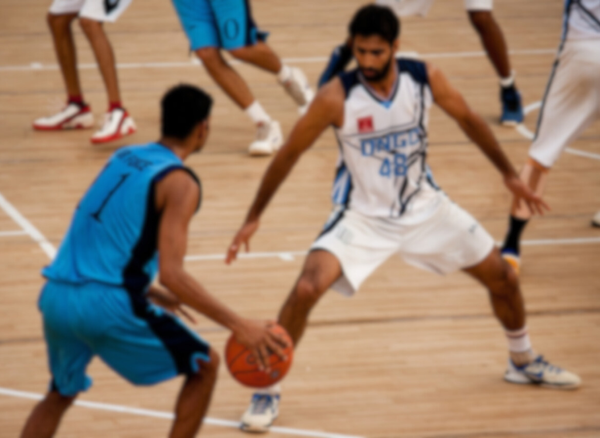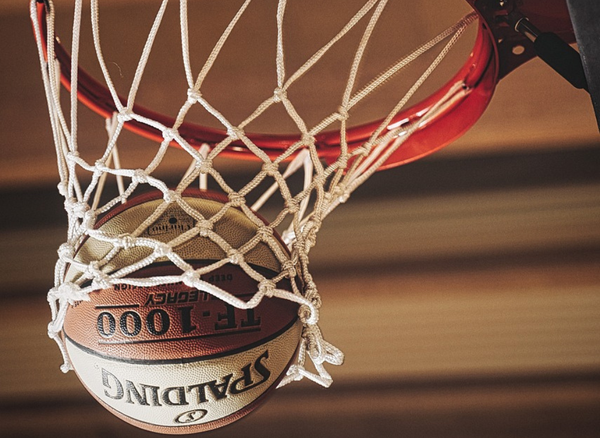Basketball is a game of agility, strategy, and, most importantly, discipline. While most are familiar with the high-flying dunks and nimble footwork, understanding the nuances of the game's rules, such as the technical foul, is crucial for players and fans alike. This post will delve into what constitutes a technical foul, the consequences of such fouls, and how they can affect the outcome of a game.
What is a Technical Foul?
A technical foul in basketball is a violation that is deemed unsportsmanlike conduct between players on the court. These fouls can be assessed against players, bench personnel, including coaches and trainers, or even the team as a whole.
Unlike personal fouls, which are typically called when there's illegal contact, a technical foul can be given for a variety of reasons, such as arguing with a referee, using inappropriate language, or even hanging on the rim.
The consequences of a technical foul are significant. The offended team is usually awarded a free throw, and the player taking the shot does so from the free throw line, with no opposing players lining up alongside. Following the free throw, the offended team also gains possession of the ball, which can shift the momentum of the game.
Consequences of Technical Fouls
When your player or coach receives a technical foul, the opposing team benefits from a free throw and possession. This free throw is taken by one of the eligible players from the offended team, and they can be a critical factor in the game's score; especially in a tight game. In addition to the free throw, the offended team retains possession of the ball, which can provide an opportunity to further extend their lead or close the gap in a tight match.
In the NBA, if a player accumulates two technical fouls in one game, they face automatic ejection. This rule is in place to maintain the integrity of the game and ensure that unsportsmanlike behavior does not escalate.
Types of Technical Fouls
Technical fouls can be categorized into several types, including unsportsmanlike technical fouls, which are given for actions such as taunting or excessive complaining to the referees. Another type is the delay of game, which occurs when a team takes excessive timeouts or prevents the game from continuing in a timely manner. Bench technical fouls involve bench personnel and can be given for actions like entering the court without permission or engaging in unsportsmanlike conduct.
A double technical foul is called when two opponents commit technical fouls against each other at the same time. In this case, both teams are awarded a free throw, but since the fouls offset, possession of the ball typically returns to the team that had it at the time of the infractions.
Impact on the Game
The impact of a technical foul in basketball can be substantial. Not only does it provide the opposing team with an opportunity to score via free throws, but it also can disrupt the rhythm of the offending team. Players who are prone to receiving technical fouls, especially those who are key to their team's success, can put their team at a disadvantage if they are not careful with their conduct on the court.
In some cases, a technical foul can even change the course of a game. For instance, if a star player receives their 2nd technical foul in a game, they are ejected from the game. This can have significant implications if they lose a star player.
Technical Fouls in Different Leagues
The rules surrounding technical fouls can vary slightly between different leagues. In college basketball, for example, the threshold for unsportsmanlike behavior may be stricter compared to professional leagues. Additionally, the number of technical fouls leading to ejection can differ, as can the penalties for coaches versus players.
It's important for players, coaches, and fans to understand the specific rules of the league they are participating in or watching. This knowledge can help prevent unnecessary technical fouls and ensure that the focus remains on the competitive and fair play of the game.
Preventing Technical Fouls
Preventing technical fouls is crucial for maintaining a team's composure and maximizing their chances of winning. Coaches often emphasize the importance of discipline and keeping emotions in check to avoid unnecessary penalties. Players are encouraged to communicate with referees in a respectful manner and to focus on playing within the rules.
Moreover, during pre-game preparations, teams can review scenarios that might lead to technical fouls and discuss strategies for avoiding them. By understanding what actions are likely to be penalized, players can adjust their behavior accordingly and stay focused on the game.
Basketball Technical Foul FAQs
Please learn more and browse through our most frequently asked questions section:
Can a technical foul be called on a player who is not currently in the game?
Yes, technical fouls can be assessed against players who are on the bench, as well as coaches and other bench personnel, for unsportsmanlike behavior or other infractions.
What happens if a player receives two technical fouls in a game?
If a player receives two technical fouls in a single game, they are automatically ejected and may face additional penalties, such as being barred from the next game.
Are technical fouls reviewed by officials during the game?
Some technical fouls may be reviewed by officials, especially if they involve potential unsportsmanlike conduct or altercations between players. The review process helps ensure that the correct call is made.
What is the difference between a flagrant foul and a technical foul?
A flagrant foul is a more severe infraction than a technical foul and involves excessive physical contact or unsportsmanlike behavior that poses a danger to other players. Flagrant fouls can result in the offending player being ejected from the game and potentially facing further consequences.
Can technical fouls be called after the game has ended?
Yes, technical fouls can be called after the game has ended if officials determine that a player or coach engaged in unsportsmanlike conduct or other infractions during the course of the game. These penalties can result in fines and suspensions for future games.
How many techs can you get in a basketball season?
The number of techs a player can receive in basketball is dependent on the rules and regulations set by the specific league or organization. In the NBA, a player can accumulate up to 16 technical fouls before facing a one-game suspension. However, in FIBA (International Basketball Federation) games, players are only allowed five technical fouls before being ejected from the game. It is important for players to understand and adhere to these rules in order to avoid costly consequences for themselves and their team.
What happens if a player gets a technical foul?
If a player receives a technical foul, the opposing team is awarded one free throw and possession of the ball. The offending player may also face additional penalties depending on the severity of the infraction and their personal history with technical fouls.
Summary
Technical fouls in basketball are violations that carry significant penalties, including free throw and possession of the ball for the opposing team. They can be categorized into various types, such as unsportsmanlike or delay of game fouls, and can have a major impact on the outcome of a match. Understanding the rules surrounding technical fouls in different leagues is essential for players, coaches, and fans to ensure fair play and competitive integrity.









